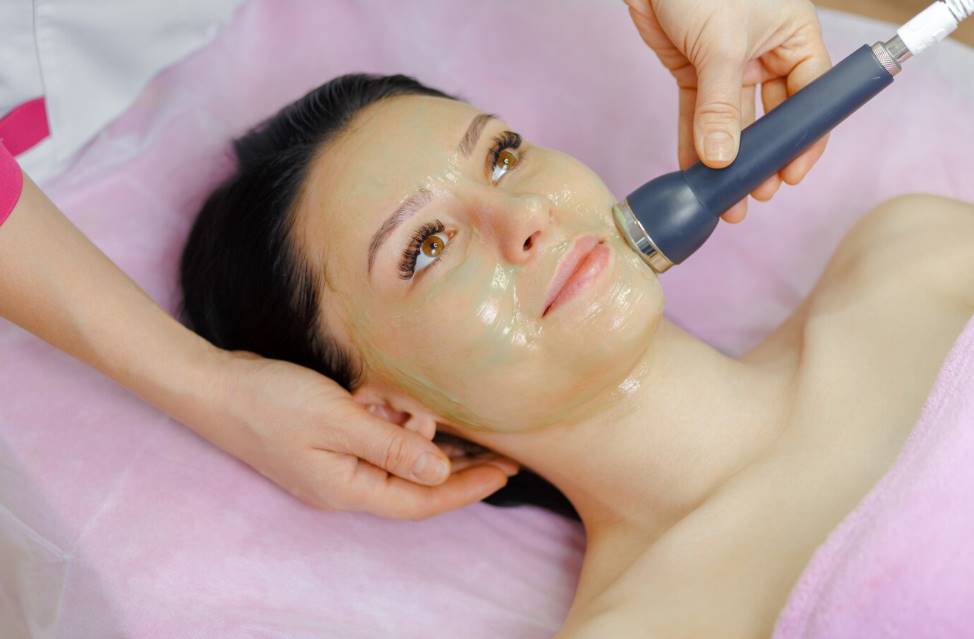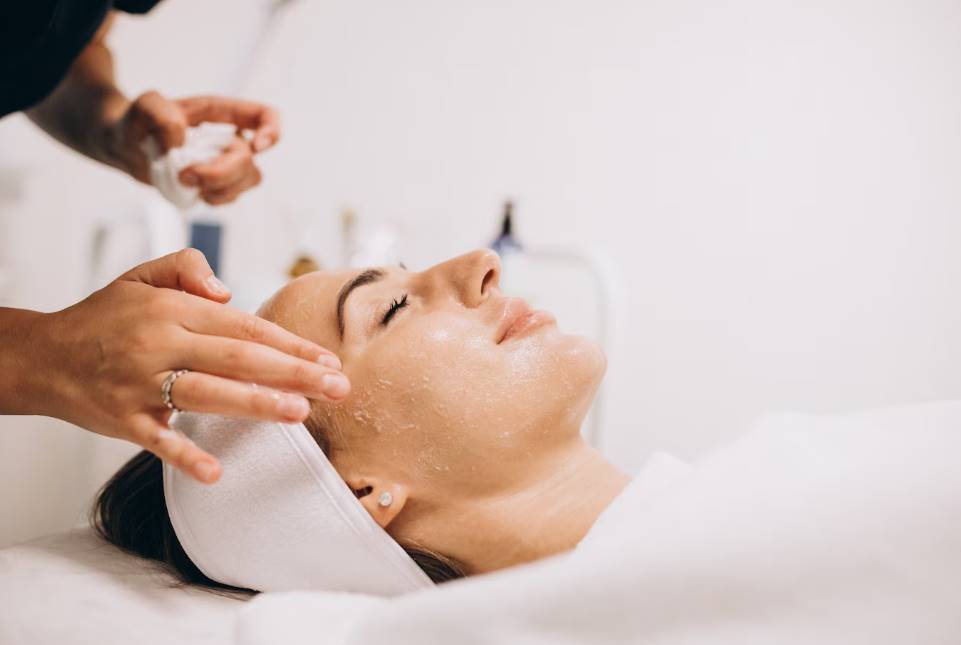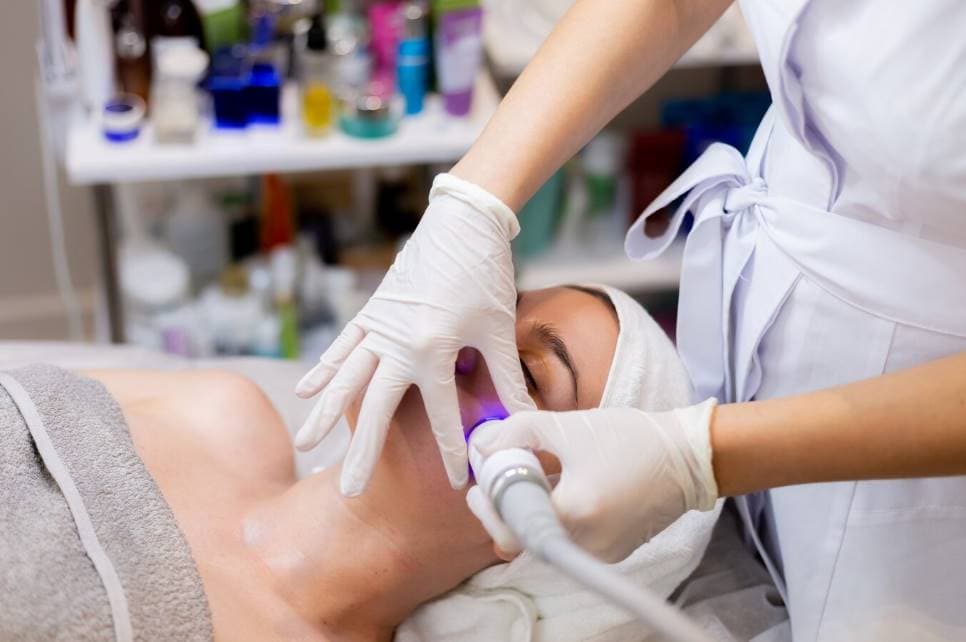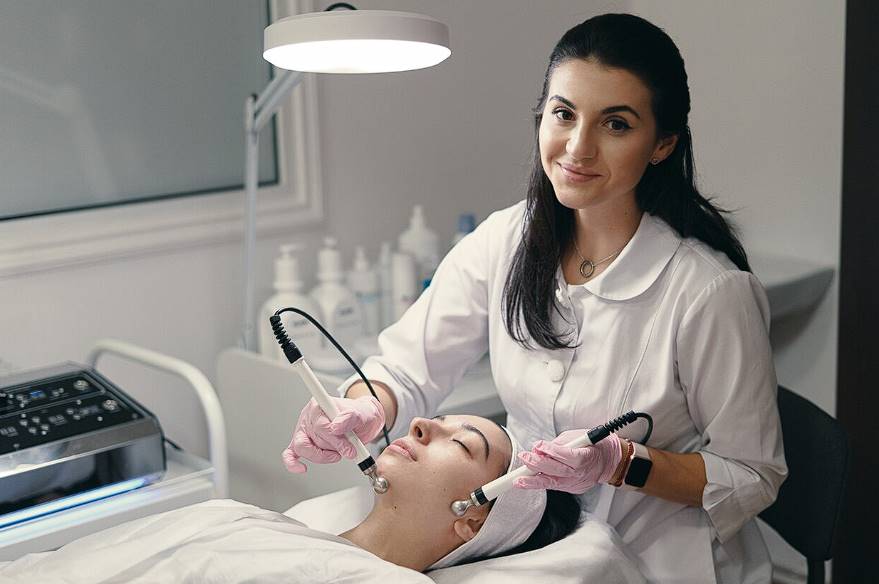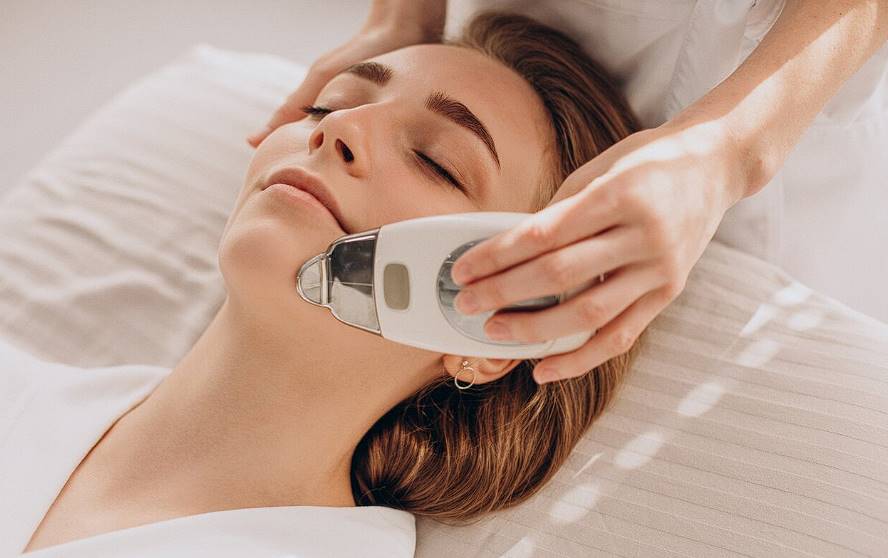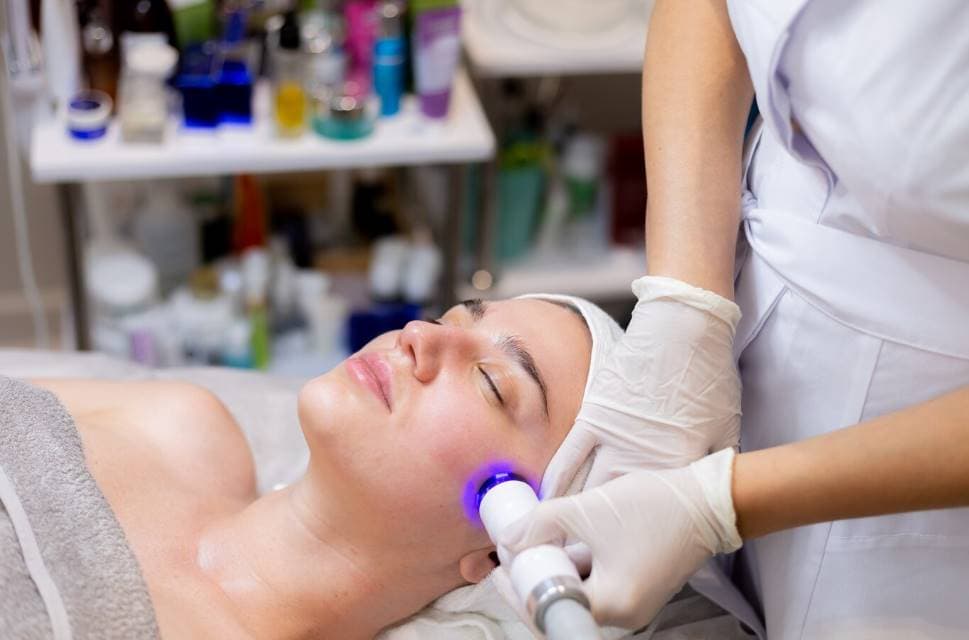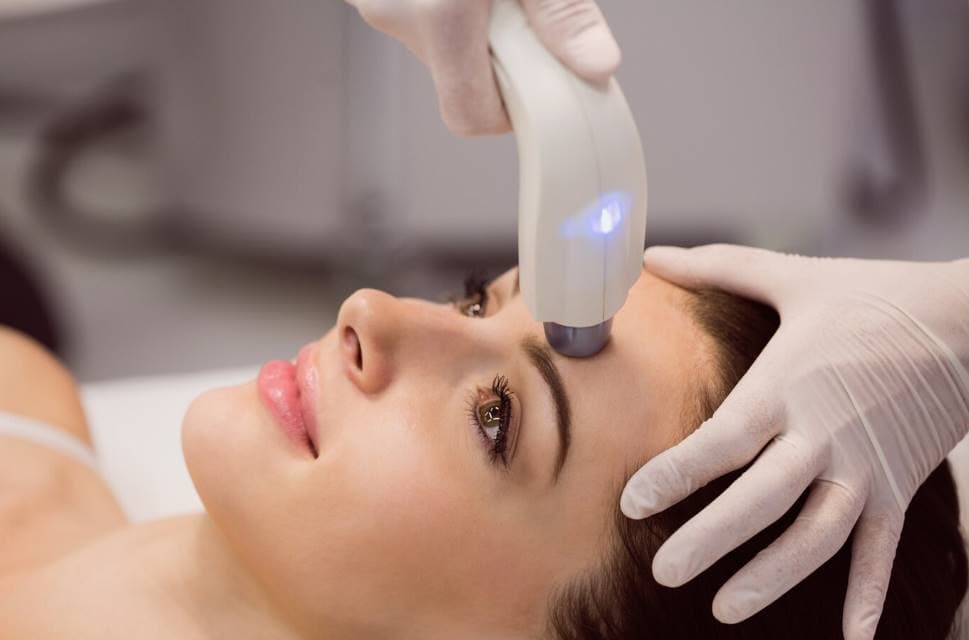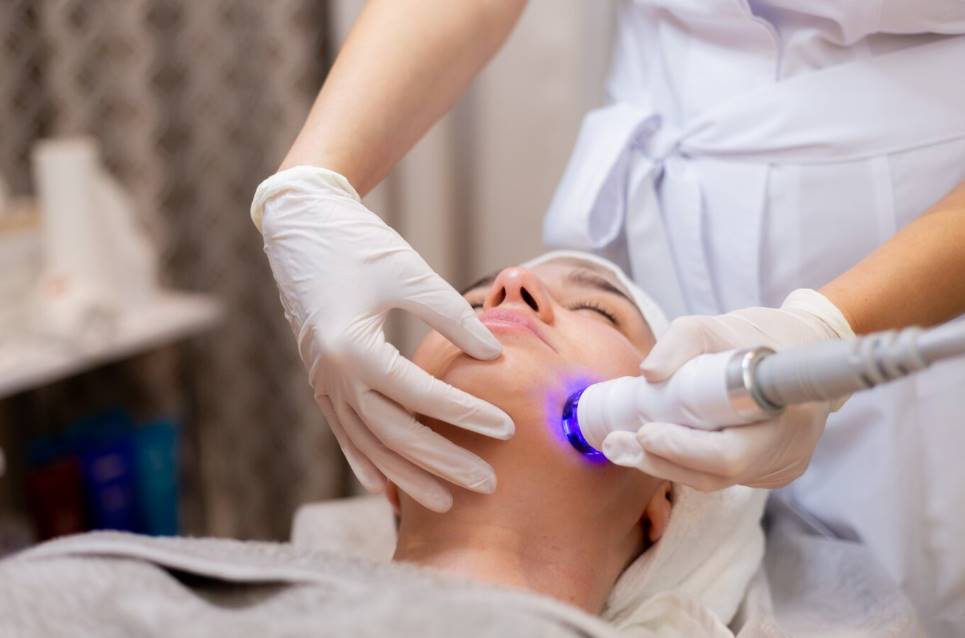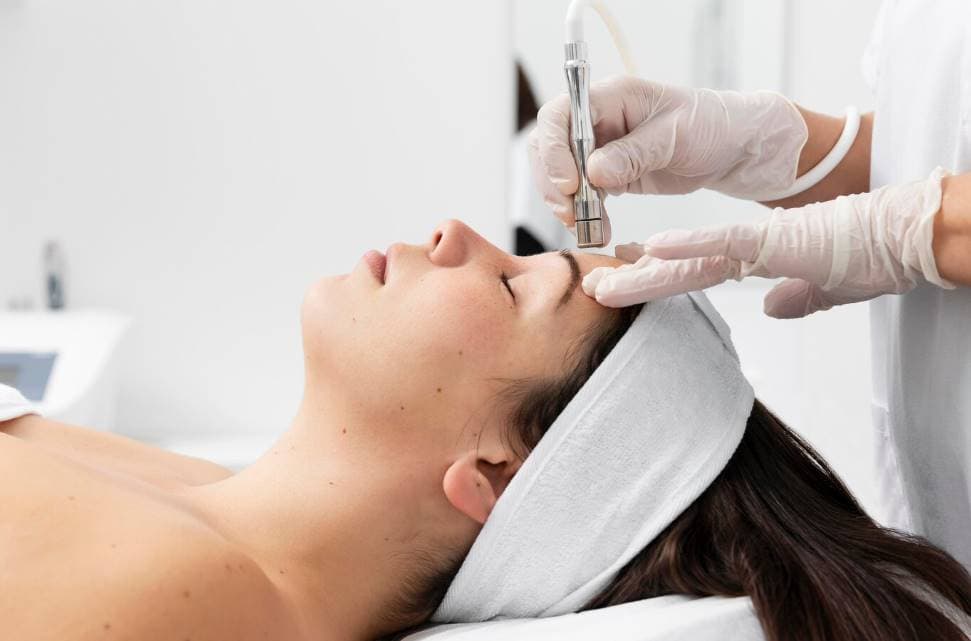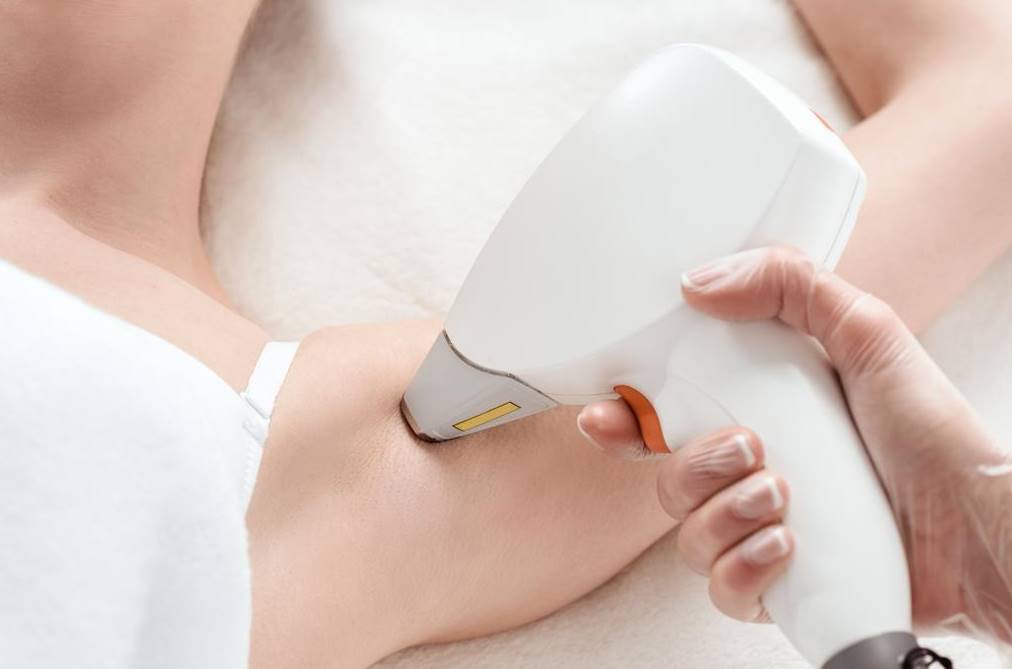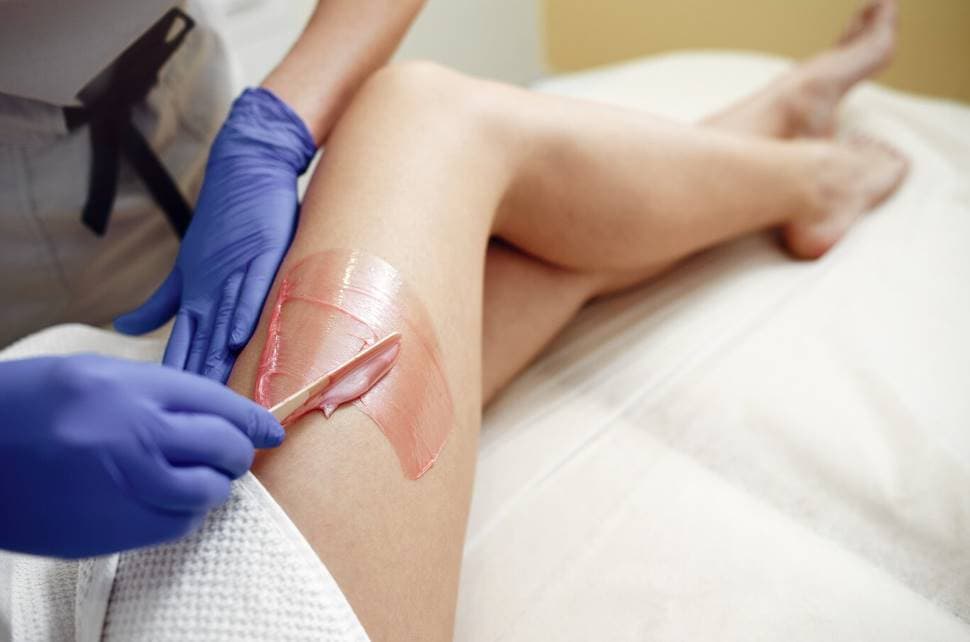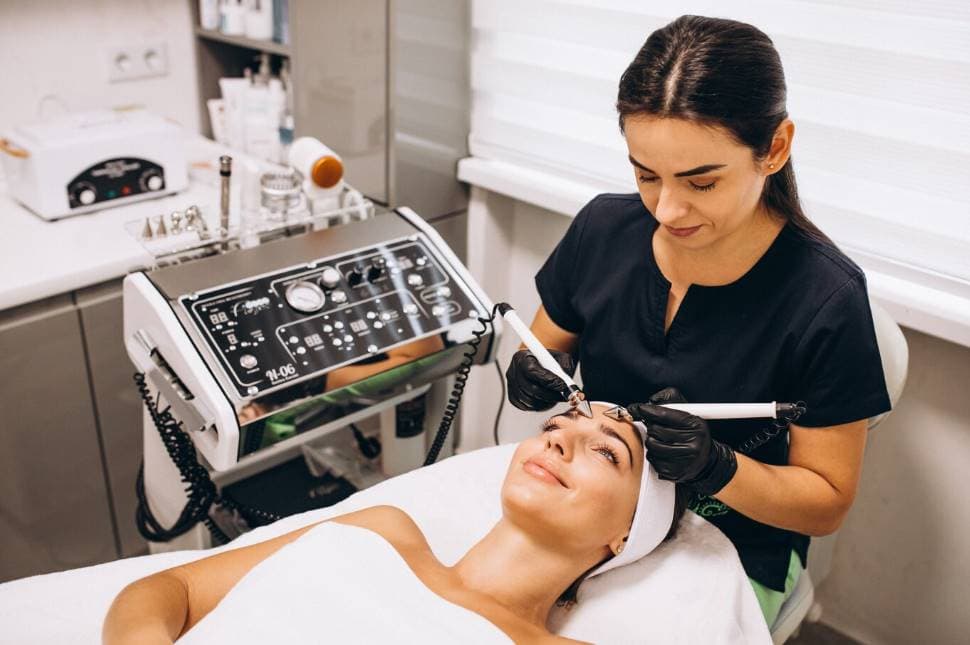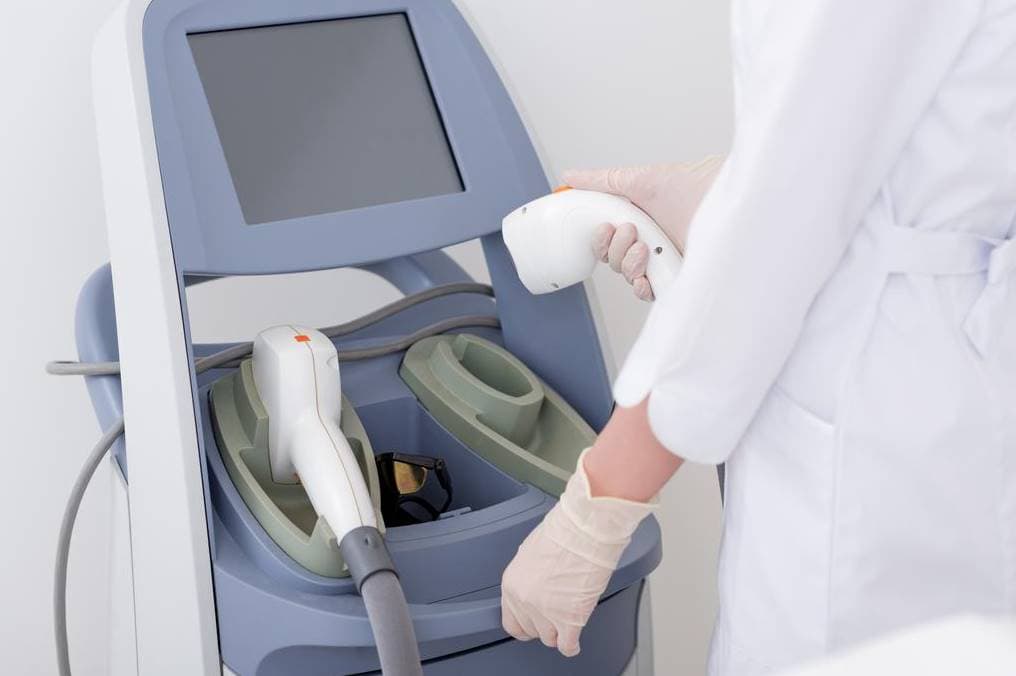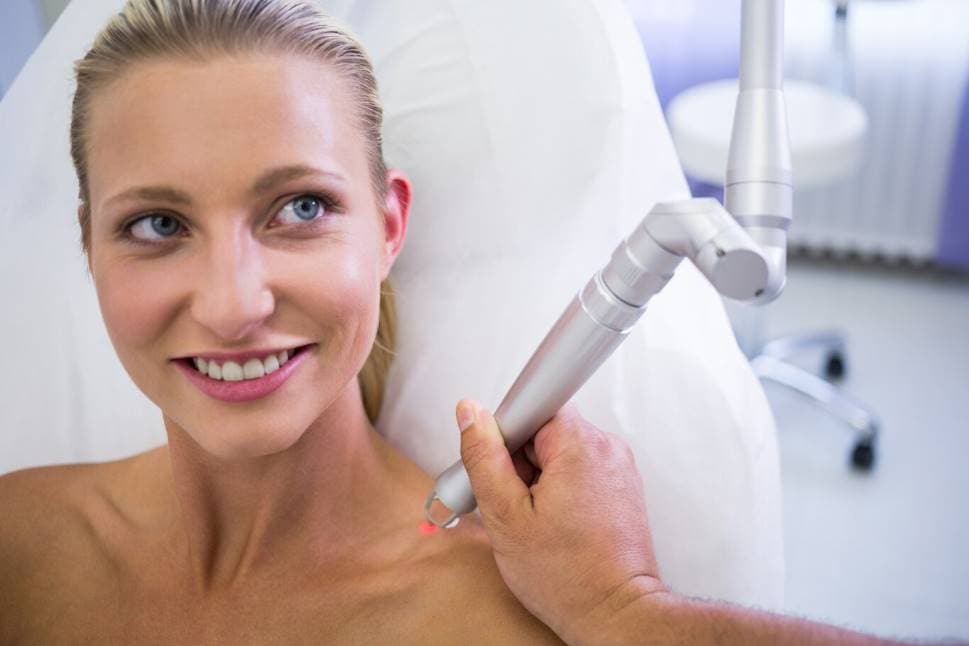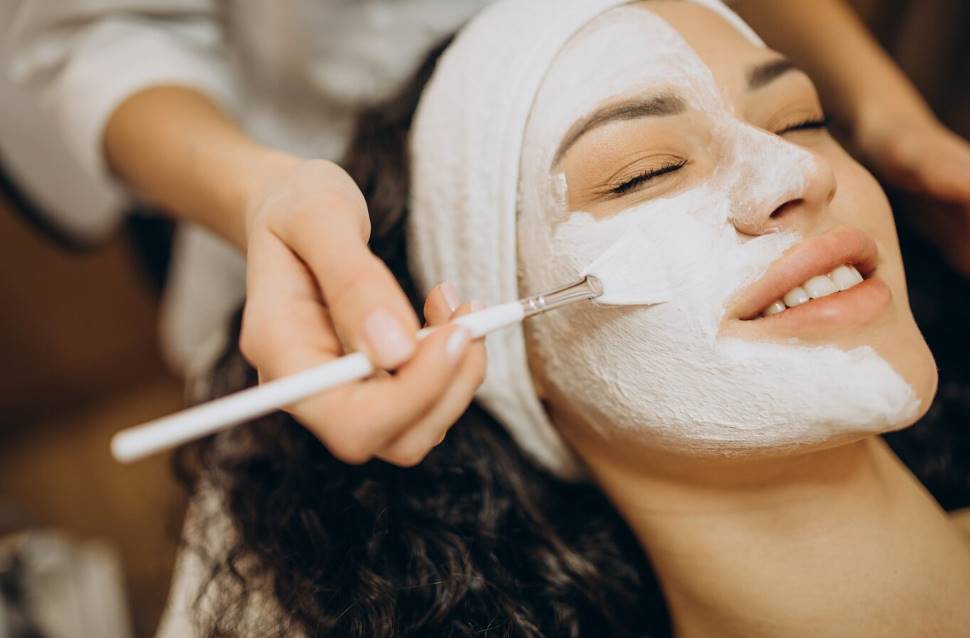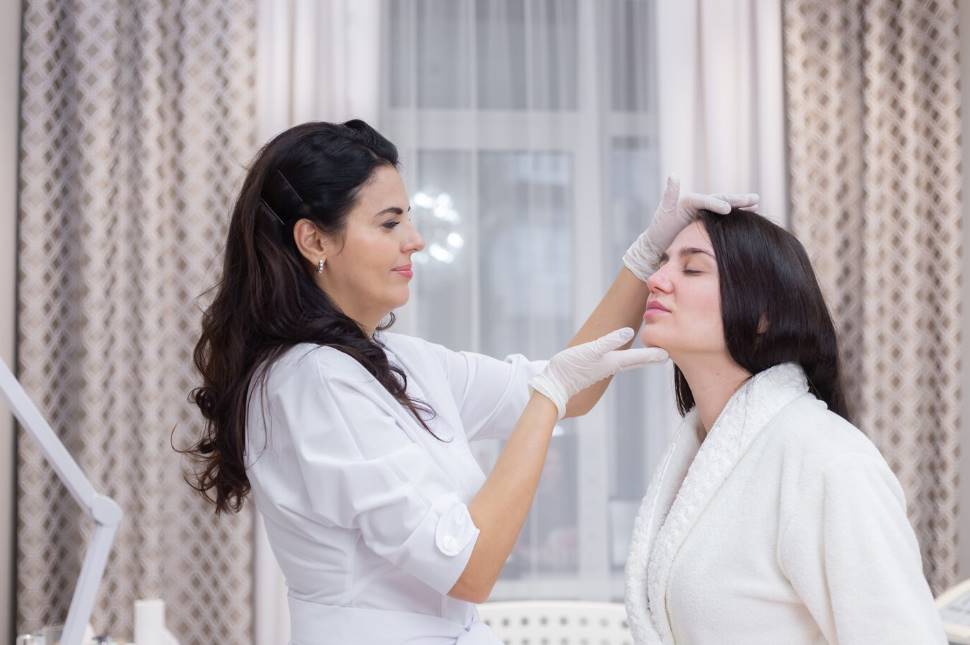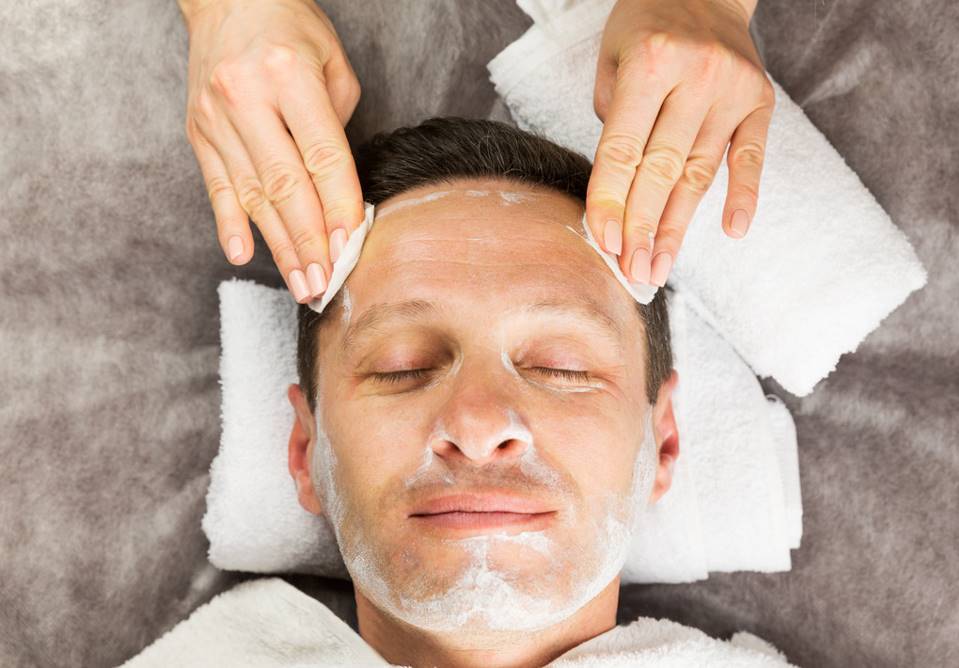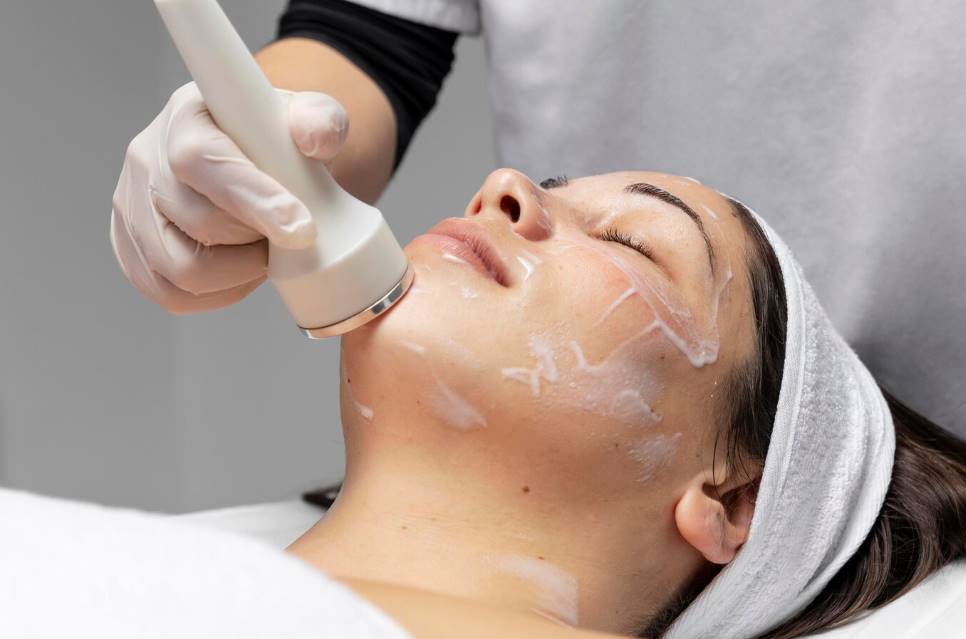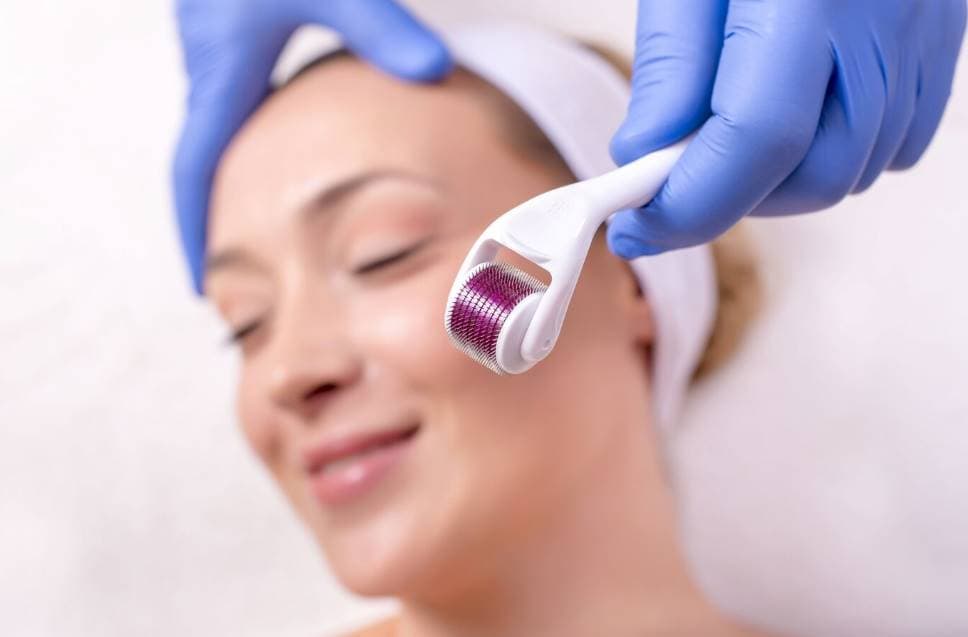In a time when appearances matter so much, having and maintaining healthy, youthful skin has been a popular goal. Now more than ever, people are turning to laser skin resurfacing to restore their skin's youthful glow and improve their self-esteem, all while enhancing their natural attractiveness. Knowing the ins and outs of Laser Skin Resurfacing is essential for anybody looking to improve the appearance of their skin by removing signs of ageing, acne scars, sun damage, or other flaws.
You'll learn all about the science behind Laser Skin Resurfacing and the procedures, pre-treatment preparations, and aftercare that come with it. You can use it as a guide as you look for a qualified provider, learn about the costs involved, and consider your options for care. When you're done reading this, you'll be prepared for laser skin resurfacing, knowing what to expect and how to get the best potential outcomes you can hope for. Science meets aesthetics in laser skin resurfacing, where one's sense of self-worth is elevated to centre stage.
Laser Skin Resurfacing: What Is It?
Apart from diminishing the appearance of wrinkles and scars, laser resurfacing can also tighten the skin and remove benign (noncancerous) and malignant (cancerous) tumours. The laser method employs intense, pulsed pulses of light to smooth out bumps on the skin. In laser skin resurfacing, the skin is vaporised off in thin, controlled layers.
Lasers damage the outermost layer of skin (the epidermis) and heat the underlying dermis. New, more resilient skin is produced due to the laser treatment, thanks to the stimulation of collagen fibre growth. This common treatment goes by a few different names, including laser peel, lasabrasion, and laser vaporisation.
Who Should Receive This Procedure?
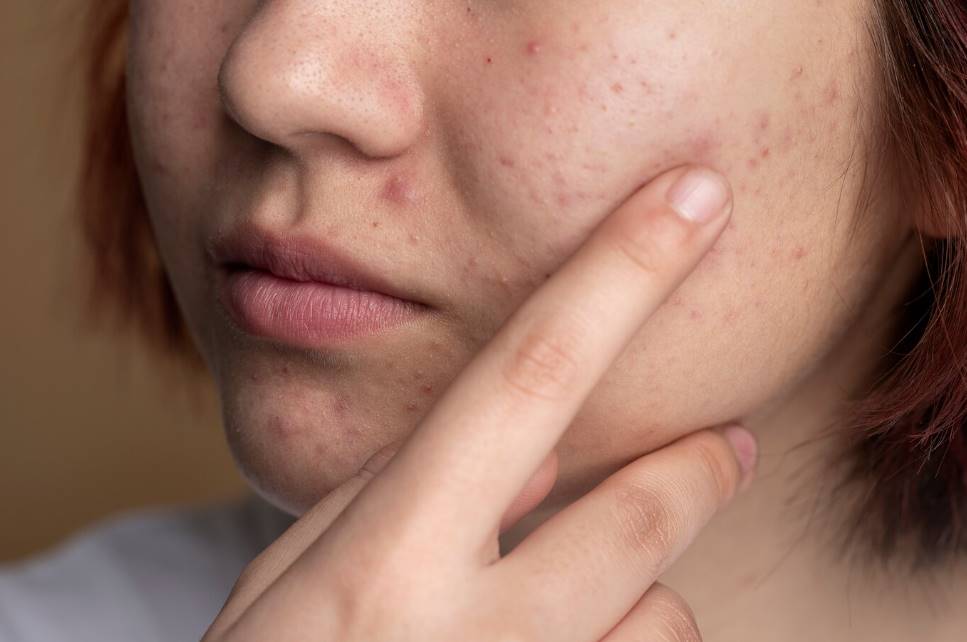
This operation may be worth considering if you worry about aging, sun damage, or acne that OTC treatments can't remedy. The following skin issues may be treated with laser skin resurfacing:
- age spots
- scars
- acne scars
- fine lines and wrinkles
- crow's feet
- sagging skin
- uneven skin tone
- enlarged oil glands
- warts
The optimal cosmetic operation for you will depend on several factors, including your natural skin tone. Candidates typically have lighter skin tones since they are less likely to have hyperpigmentation.
But the experts claim it's a myth that laser skin resurfacing can only benefit people with fair complexion. The trick is to find a dermatologist or doctor familiar with the specific lasers (such as Erbium lasers) that are effective for those with darker skin tones. People with severe drooping skin or persistent acne breakouts may not be good candidates for this surgery. The fall or winter months are ideal for this surgery, according to expert. Exposure to the sun, which can harm sensitive skin, can be reduced this way.
When Is The Best Time For Laser Skin Resurfacing?
Did you know that fall is officially recognised as "laser season"? According to several cosmetic doctors, the shorter days and increased indoor time in the fall and winter are ideal for laser resurfacing. This is because the skin is extremely sensitive to sunlight for up to a year after certain laser procedures.
After laser skin resurfacing therapy, it is recommended that you use sunscreen with at least 30 SPF. You'll be protecting yourself from skin cancer and slowing down the ageing process, and your results will stay looking great the whole time.
Procedure Details
What Happens During A Laser Resurfacing Procedure?
Laser resurfacing can take one of two forms. Carbon Dioxide (CO2) and Erbium Lasers.
The damage these lasers inflict on your skin is consistent across the treatment zone. The other method, known as fractionated CO2 laser treatment, is also a type of laser resurfacing. With fractional CO2 laser resurfacing, the laser creates many thin columns of holes in the skin's deeper layers while leaving the skin on the surface unharmed.
Co2 Laser Resurfacing
CO2 laser resurfacing has been used to treat noncancerous and cancerous skin diseases for quite some time. In order to precisely remove microscopic layers of skin with minimal thermal harm to the surrounding structures, the newest generation of CO2 laser resurfacing utilises ultrashort pulsed light energy (ultra pulsed) or continuous light beams provided in a scanning pattern.
Wrinkles, warts, scars, rhinophyma (enlarged oil glands on the nose), birthmarks, and other skin disorders have all responded effectively to treatment with CO2 laser resurfacing. With CO2 laser resurfacing, healing can take as long as two weeks.
Erbium Laser Resurfacing
You should only need a local anaesthetic for erbium laser resurfacing to get rid of fine lines and wrinkles on your face that are a few millimetres to a few inches deep. The hands, neck, and chest are all suitable targets for this laser. Erbium laser resurfacing has the advantage of causing less harm to the neighbouring skin. Your recovery period from this laser should be shorter because it generates less inflammation and less redness and swelling than CO2 lasers.
It's possible that erbium laser resurfacing would be effective for people with darker skin tones.
Erbium laser resurfacing requires a week of downtime for healing.
Fractional Laser Resurfacing
With fractional CO2 laser resurfacing, your skin is only exposed to the laser light in very small columns. Collagen between the laser-treated holes contracts, making your skin tighter. This laser's main advantage is that it causes less damage to the skin.
The danger is increased healing and scarring due to the laser light's greater penetration depth than other lasers. Fractional laser resurfacing requires a whole week of downtime for healing.
Your doctor will evaluate your medical history, current health, and planned outcomes to determine which laser resurfacing treatment suits you.
How Should I Prepare Before Laser Skin Resurfacing?
- For at least four weeks before treatment, it is recommended that you refrain from tanning and wear a broad-spectrum sunscreen.
- Preventive deep face peel operations (such as severe laser resurfacing, chemical peels, or dermabrasion) should be avoided for four weeks before treatment.
- Avoid taking any medications (such as doxycycline or minocycline) that could increase your risk of sunburn in the 72 hours following your treatment.
- Antiviral medicine (acyclovir, valacyclovir) should be used as prescribed if you have a history of herpes (genital, oral cold sores) or shingles in the treatment area (typically two days before treatment and continue for three days following treatment).
- Your dermatologist may recommend using a topical retinoid for four weeks before your laser resurfacing operation to help prepare your skin for the treatment.
What May One Anticipate Both During And Following Laser Skin Resurfacing?
All types of laser resurfacing can be done as an outpatient procedure using local anaesthetic and sedatives given by mouth or IV. Individual treatments for fine lines and wrinkles around the eyes, mouth, and forehead are available, as are full-face laser abrasion procedures. What to anticipate before, during, and after surface restoration:
- A local anaesthetic is used to numb the areas of the face that will be operated on. General anaesthesia may be employed when the entire face needs to be worked on. Treatment time for half the face with laser abrasion is 30–45 minutes, while the complete face takes 1-1/2–2 hours.
- Make sure your face or treatment area is clean.
- A nonstick dressing is used immediately after laser resurfacing and left there for 24 hours. The treated regions should be washed with saline or a diluted vinegar solution (see below for details) anywhere from two to five times daily. Then, a moisturising lotion or an ointment is used. Ointments and creams are used to prevent the formation of scabs. Depending on the severity of the condition and the type of laser used, the healing process might take five to twenty-one days.
- Makeup can be used to hide the pink-to-red colour that often occurs following laser skin resurfacing once the affected areas have healed. Makeups with a green base are great for hiding wounds because they reduce the redness of healing skin. After laser resurfacing, you should only use oil-free cosmetics. Redness in the laser-treated areas often subsides after three months, though it might take anywhere from six months to a year. Blondes and redheads tend to experience a longer duration of redness.
- Healing with darker pigmentation (hyperpigmentation) is more common in people with darker skin tones. After laser skin resurfaces, some people use a bleaching solution to lighten their skin tone. You'll have a conversation with your doctor.
What Are The Potential Side Effects Of Laser Resurfacing?
- During the healing process (up to a month following laser therapy), the treated areas may develop milia, which are tiny, white lumps. A soft, wet washcloth can be used to remove them.
- In extremely uncommon cases, the areas treated with a laser may become hyperpigmented or even hypopigmented. Bleaching cream can be used on hyperpigmented areas to hasten the process of fading. As an added precaution against pigmentary alterations, broad-spectrum sunscreens should be worn for weeks before and after treatment.
- Cold sores caused by herpes simplex virus can reappear following laser skin resurfacing, especially in the mouth area. You can avoid this by starting an antiviral medication before your laser resurfacing procedure and taking it for seven to ten days afterwards.
- Antibiotics used before surgery and for the following week can help avoid bacterial infections.
- After laser skin resurfacing, you can anticipate some swelling. A doctor may recommend oral steroids to reduce puffiness around the eyes.
- Scarring is extremely uncommon after laser skin resurfacing, although it can happen.
What To Anticipate From Recovery And Aftercare
Laser resurfacing is not considered surgery, even though dermatologic surgeons sometimes perform it. After the procedure, you can leave the doctor's office immediately. However, rest and recovery are essential for a successful skin-healing process. If you do this, you'll have fewer unwelcome consequences and more of the desired outcome.
Duration And Adverse Effects
The typical time required for recovery is 3-10 days. The larger the area treated and the deeper the laser, the longer the healing process will take. For instance, after undergoing ablative laser treatment, you may need up to three weeks for recovery.
Your skin may become quite red and scabby while you heal. There will be some little peeling. Swelling can be reduced with the use of cold packs. You won't need to stay in bed for weeks while you heal, but you should stay away from places like the gym where you know there are many people and germs.
Cleansing
The way you normally care for your skin will also need to change. The professionals recommend cleaning the treated area anywhere from twice to five times daily. A saline or vinegar-based solution will replace your regular cleanser, as your doctor prescribes.
You must change your dressings frequently to keep your skin healthy and uncontaminated.
You can speed up the recovery process by using a moisturiser daily, but consult your doctor before you start.
Protection
After having laser skin resurfacing done, you may remain sun-sensitive for up to a year. Sunscreen with an SPF of 30 or higher should be worn to protect against sunburn and photoaging. Apply sunscreen every morning (even on cloudy days) to protect your skin from the sun's harmful rays. Always remember to reapply throughout the day if necessary.
How To Choose A Dermatologist
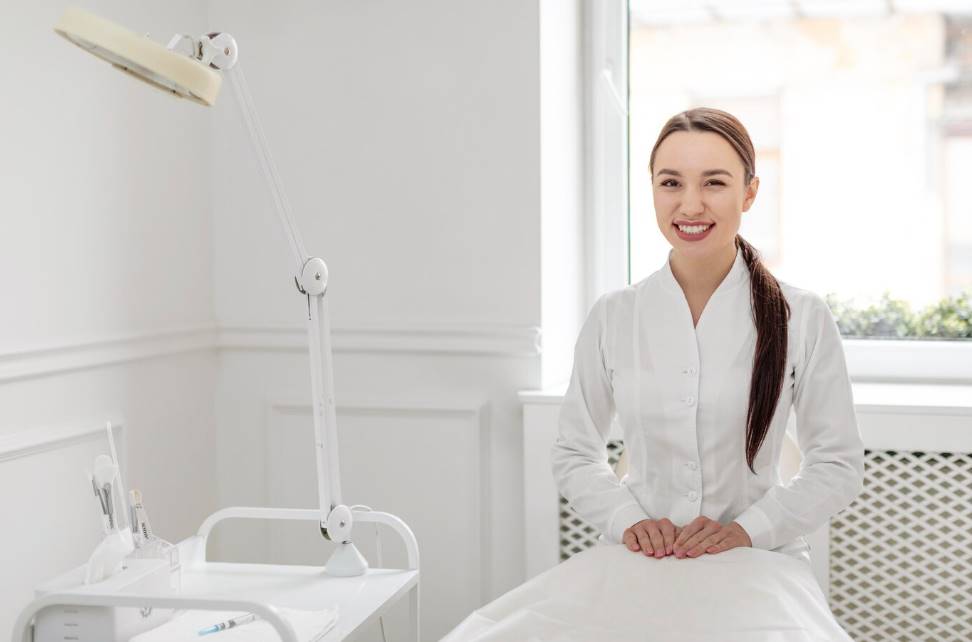
Due to the sensitive nature of the treatment, it is recommended that you seek the services of a seasoned dermatologist. It would help if you did not choose the first dermatologist you met with but conducted multiple interviews with potential prospects.
Ask your dermatologist these questions before scheduling a laser treatment for your skin.
- To what extent have you used laser skin resurfacing?
- Regarding my skin tone and particular skin conditions, what is your experience?
- Do you possess a portfolio featuring your clients' before and after photos?
- How might my health impact the outcomes? Is there anything I should prepare in advance?
- What kind of recovery can I anticipate?
- How many sessions will I need?
Finding a dermatologist who is board-certified is also essential. A dermatologist who has earned board certification has demonstrated their proficiency in the field via years of study and experience.
Conclusion
Laser skin resurfacing is a popular treatment that helps people get back their younger-looking skin, feel better about themselves, and look more attractive. It includes using short bursts of intense light to smooth out bumps on the skin and remove thin layers of it. The process makes collagen fibres grow, which makes new skin that is stronger. It can be used to treat age spots, scars, acne scars, fine lines, wrinkles, crow's feet, sagging skin, uneven skin tone, swollen oil glands, and warts.
The best candidate for a cosmetic procedure relies on things like their natural skin tone. People with lighter skin are the best candidates. But fall and winter are the best times for laser skin resurfacing because there is more sunshine. Use sunscreen with at least 30 SPF after the surgery to protect against skin cancer and slow down the ageing process.
Laser cleaning can be done with either CO2 lasers or Erbium lasers. CO2 laser resurfacing is used to treat both noncancerous and cancerous skin diseases, while Erbium laser resurfacing is used to get rid of fine lines and wrinkles on the face. Erbium laser resurfacing needs a local anaesthetic and takes less time to heal because there is less swelling and pain. In fractional CO2 laser resurfacing, the skin is exposed to laser light in small columns, which hurts the skin less but makes it take longer to heal and leave a scar.
Your doctor will look at your medical background, your current health, and the results you want from laser resurfacing to decide which treatment is best for you.
Before and after laser skin treatment, it is best to stay out of the sun for at least four weeks and use broad-spectrum sunscreen. Stay away from deep peels on your face for four weeks before treatment. Don't take any medicines that could make you more likely to get a sunburn in the 72 hours after treatment. If the treatment area has ever had herpes or shingles, antiviral medicine should be used. Before the treatment, you might be told to use retinoid cream for four weeks.
All types of laser resurfacing can be done as an outpatient treatment with local anaesthesia and sedatives given by mouth or IV. The healing process can take anywhere from five to twenty-one days, based on how bad the problem is and what kind of laser was used. Makeup can hide the pink to red colour that often happens after laser skin resurfacing, but after laser resurfacing, oil-free makeup should be used. Redness in the places where the laser was used usually goes away after three months, but it could take from six months to a year.
Laser resurfacing can cause side effects like milia, hyperpigmentation, cold sores caused by the herpes simplex virus, cold sores caused by the drugs used before surgery and for a week afterwards, swelling, and scarring. Recovery and aftercare are important for the face to heal properly. Most lasers take between 3 and 10 days to heal, but bigger areas and deeper lasers take longer.
It is very important to clean and protect the face after laser skin resurfacing. Wear sunscreen with an SPF of 30 or higher to keep from getting sunburnt and to slow down the ageing process. It is important to choose an experienced dermatologist who has studied and worked in the field for a long time and has shown that they are good at what they do.
Content Summary
- Laser skin resurfacing is gaining popularity for youthful skin restoration.
- This technique aids in removing signs of ageing, sun damage, and acne scars.
- Laser resurfacing combines science with aesthetics to boost self-worth.
- It uses intense pulsed light to smooth skin irregularities.
- The process vaporises skin layers in a controlled manner.
- Laser treatment stimulates collagen growth for resilient skin.
- Other names for the treatment include laser peel and lasabrasion.
- Laser resurfacing can address age spots, scars, and uneven skin tone.
- The procedure is especially beneficial for those with lighter skin tones.
- However, certain lasers can also work for darker skin tones.
- Fall is dubbed the "laser season" due to reduced sun exposure.
- Post-treatment, using SPF 30 sunscreen is vital for skin protection.
- Laser resurfacing can either be Carbon Dioxide (CO2) or Erbium Lasers.
- Fractionated CO2 laser treatment targets the skin's deeper layers.
- CO2 laser resurfacing precisely removes microscopic skin layers.
- CO2 is effective against wrinkles, warts, scars, and birthmarks.
- Erbium laser resurfacing targets fine lines and wrinkles.
- Erbium lasers cause minimal damage, resulting in shorter recovery.
- Fractional laser resurfacing damages skin less, ensuring a swift recovery.
- A consultation will help determine the right laser treatment for you.
- Pre-treatment care includes avoiding tanning and using sunscreen.
- Topical retinoids may be prescribed as a pre-treatment measure.
- The procedure can be done with local anaesthetic and sedatives.
- Full-face laser treatments take approximately 1-2 hours.
- Post-treatment, a nonstick dressing is applied for 24 hours.
- Healing time varies from 5 to 21 days, depending on the laser used.
- Post-healing, use oil-free makeup to conceal skin redness.
- Potential side effects include milia, which are tiny white bumps.
- Hyperpigmentation can occasionally occur post-treatment.
- Using bleaching solutions can manage post-procedure skin discolouration.
- Antiviral medications can prevent herpes outbreaks post-treatment.
- Understanding laser skin resurfacing ensures informed decisions.
- The procedure enhances natural attractiveness by revitalising skin.
- Laser resurfacing offers improved self-esteem with visible results.
- It's essential to choose a qualified provider for the procedure.
- Laser treatments vary, and it's crucial to know which suits you.
- The procedure offers a solution when OTC treatments fail.
- Laser resurfacing effectively tightens sagging skin.
- Sun damage repair is another significant benefit of the treatment.
- Modern lasers ensure minimal thermal damage to surrounding tissues.
- Erbium laser resurfacing might suit those with darker skin tones.
- Preparing the skin enhances the success rate of the treatment.
- Makeup with a green base can effectively conceal post-treatment redness.
- Fall and winter seasons are ideal due to reduced UV exposure.
- Laser resurfacing can eliminate enlarged oil glands and warts.
- Understanding potential side effects ensures better post-care.
- "Laser season" aligns with reduced sun exposure for sensitive skin.
- Laser skin resurfacing is an outpatient procedure.
- The procedure's success hinges on expertise and post-treatment care.
- Laser resurfacing provides a comprehensive solution to various skin issues.
Frequently Asked Questions
Laser skin resurfacing is a safe and effective treatment option for many men and women with signs of aging or skin imperfections. A good candidate has moderate to severe signs of aging. Skin imperfections like redness, scars, or uneven texture.
In the simplest sense, ablative laser skin resurfacing describes removing the skin's epidermal and superficial dermal layers to reduce cutaneous signs of photoaging.
You have deep wrinkles. You're on certain medications that might cause more damage to your skin. You have a skin condition that needs to be properly treated.
Laser therapy can result in misdirected or excessively intense burns, bleeding from the choriocapillaris, damage to macular and other ocular structures, and breaks in Bruch's membrane.
For example, laser resurfacing produces the fastest results for tightening sagging skin. You can expect to see tighter skin and fewer wrinkles within two weeks after you heal from the treatment. You'll notice improvements for several months after the procedure as your body produces new collagen.
